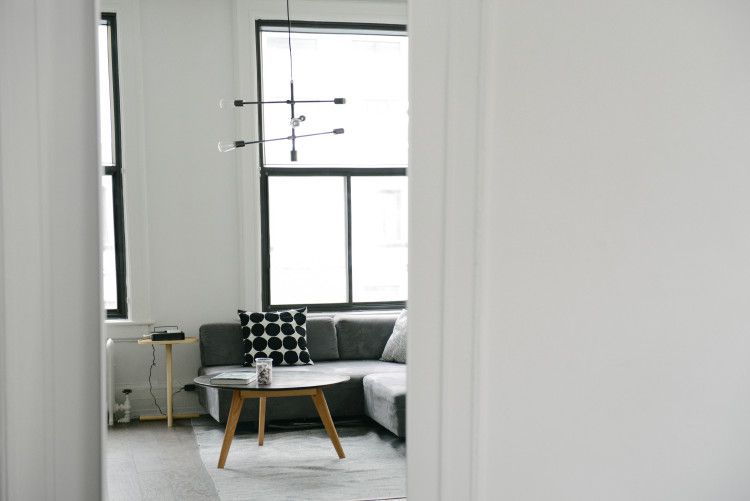A Common Problem
The most common issue we encounter here on MoldBlogger is the situation of mold within a rental unit. The question that comes in the most is usually: How do I get my landlord to remove the mold? This is tough because, from a landlord’s perspective, it is often not seen as a financially productive move on their part, should they remove the mold and ensure it doesn’t reappear. Meaning: it can be quite costly for them and in opposition to their immediate needs and goals. For many landlords there simply isn’t monetary cushion available for them to cover the costs of a severe mold infestation. Personally, I have even seen lease contracts that essentially say, “This climate is moist and mold is something we just have to live with.” Let’s be clear about one thing. Mold is NOT something you or anyone else should ever have to live with.
Leave it Behind
The first question you need to answer is: Am I willing to move?
Moving is the best strategy you have in your power. Most landlords are unwilling, at best, to correctly deal with a mold issue. If you don’t have enough money for moving costs, then I strongly encourage you to save money. Mold is a silent, deadly killer and if you are under the roof of a landlord who cannot—or will not—remove the problem, then you need to take action and remove yourself. Whatever it takes, save the money and move. See if you can legally get out of a rental contract because of the mold problem.
If you’re already saving money and have exhausted all means to save an adequate amount, then start a side income. This could mean you might have to pick up a few extra hours at work, get a second job, do handyman gigs, or develop a passive income online. While you consider your financial options, check out Pat Flynn’s financial and passive income advice, which is an excellent resource for accumulating additional funds.
When you are ready to move, be prepared for the fact that, depending on how serious the mold issue is, you may need to clean and sanitize your household items so that you don’t contaminate the next home. Mold spores are literally in the millions and they can land, grow, and thrive on virtually any surface as long as there is moisture, dead organic material, and limited lighting. On MoldBlogger, there is a vast array of information at your disposal, such as proactive measures to avoid recontamination and general cleaning tips, depending on the severity of your situation. (see Landlord Liability, and the MoldBlogger Archives).
Hard surfaces are easier to clean. Clothing can sometimes be sanitized and salvaged. Use cleaners specific for mold removal, and make sure they are suitable for the surface you are cleaning.
If you decide that staying where you are is your best option, then there are a couple things you can do. First, look into the local and state laws for renter’s rights. The Environmental Protection Agency (EPA) also has some good resources.
Renter Resources
Here are a few places to start when deciding what to do with mold in your rental. Make sure you know the legal responsibilities of the landlord, as well as your rights as a renter. Document everything you can with photos and written communication.
State Health Departments by State
EPA Mold Resources and A Brief Mold Guide
Landlord Authorized DYI
Ask for authorization to deduct remediation expenses from the next months rent. For example, if you need a dehumidifier, ask if they have one you can borrow. If not, ask if you can go buy a dehumidifier for them and deduct it from next month’s rent.
Research the cost of mold remediation and let your landlord know how much it may cost to fix. If you want to stay, see if you can get them to cover the costs.
An Example of Tenants Not Taking NO for an Answer
I recently was involved in some work on a bathroom remodel. Some renters had water damage in the bathroom. The the sub floor had gotten wet from a leak, became soft, and started to mold. The landlord wasn’t willing to fix it, so the renters called the city and told them about the stairs and another bathroom in the rental that weren’t to code. The stairs were too steep and the other bathroom had an access hallway that was too narrow. Code issues can be grandfathered in on a personal residence, but as soon as renters start living there everything needs to be compliant with the current residential building code. So the city contacted the landlord and he was quick to fix the mold and the other issues.
Spread the Word
If you have an experience with a rental that you would like to share with others, there are several places to do so:
http://www.apartmentratings.com/
Don’t give up. Find a solution that will work for your situation. Your health is well worth the trouble of not taking NO for an answer and finding a way out, or getting the landlord to properly remediate the mold issue.

